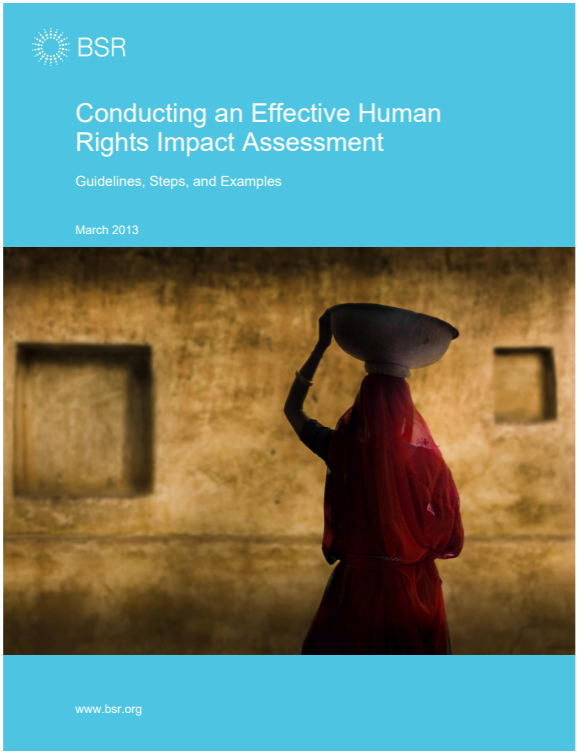Maximizing Benefits from a Sustainable Supply Chain – BSR
Standards & Codes of ConductPublicationsThe case studies described in this brief reveal that there are benefits for suppliers to implementing social and environmental improvement programs, including improved workforce productivity, cost savings, and stronger competitiveness. Buyers also b...Read More

